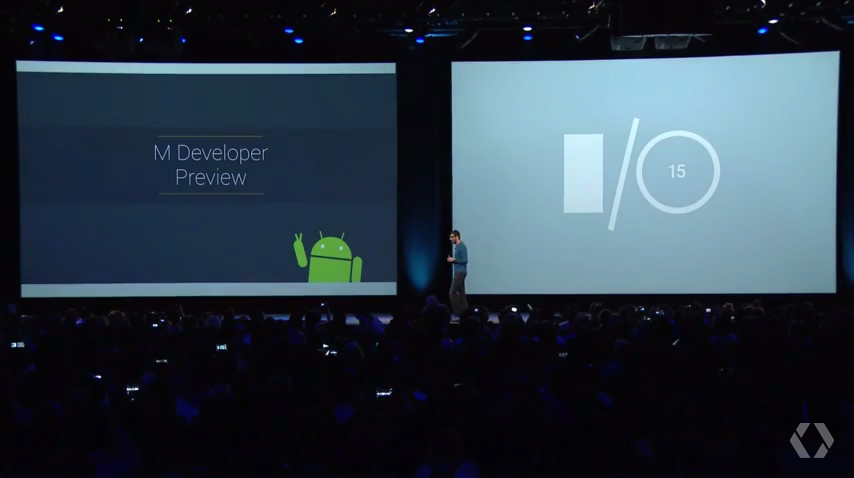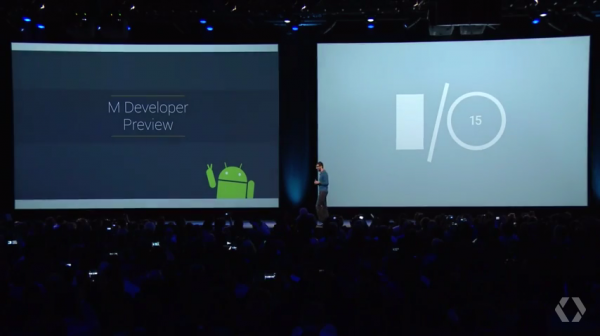
Google has revealed details about its next mobile operating system: Android M. The new iteration of the OS focuses mainly on the quality of the user experience, and Google has been rethinking how users interact with Android. Android M doesn’t appear to have many new features, but instead gives users what they have been asking for.
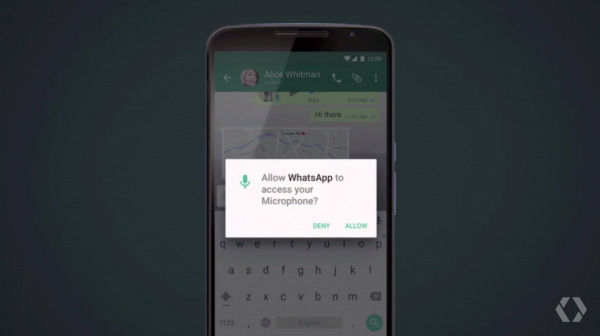
App Permissions are being simplified to things like camera, location, and microphone. The timing of the approval of the permissions will also be changing; instead of throwing a massive list of permissions at the user when the app first starts up, it will instead ask for permission when the feature is required. Users will also be able to change and modify the permissions later in the app settings. More importantly, users will also be able to view which apps have what permissions.
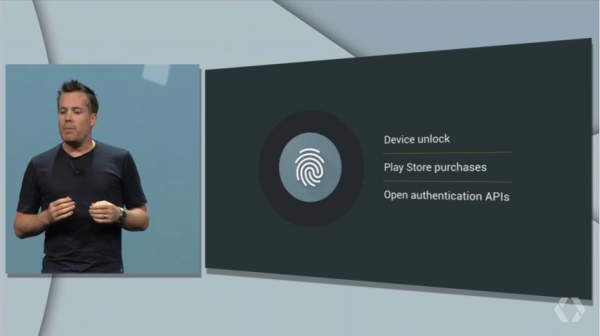
Speaking of permissions, the advent of fingerprint sensors on high end smartphones has pushed Google creating a standardised fingerprint sensor API for Android M. The idea is to make it easier for developers to integrate fingerprint authentication into their apps. This looks like mainly a security feature, but it will make it easier for developers to take advantage of the fancy fingerprint sensors that are becoming more common. The main intended use for this is Android Pay, which will be built into Android M. However, the wireless payment service only works in the US for now.
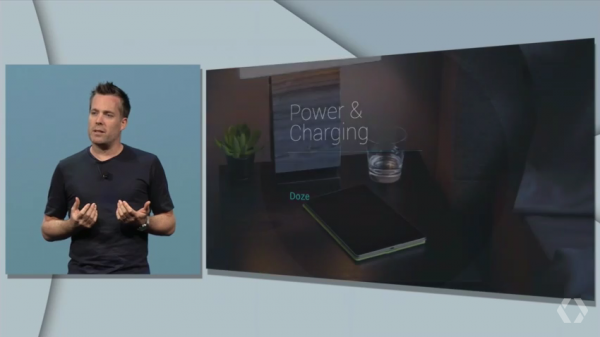
Google is also building a new power management feature into Android M. Called Doze, it uses the phone’s accelerometer to detect motion. If it detects that the phone is at rest and not moving, it will dial back on the data refreshing like updating background information. Google claims that this will double the standby time of a device, and it looks like it might be something that will be useful despite the user being unaware of it.
Future devices equipped with USB Type-C are also getting a feature, despite the connector standard being relatively rare right now. Google is building native reverse charging into Android M, allowing any Android device to act like a power bank. This feature has questionable application, but it will be interesting to transfer power from tablets to smartphones just to make that one phone call.
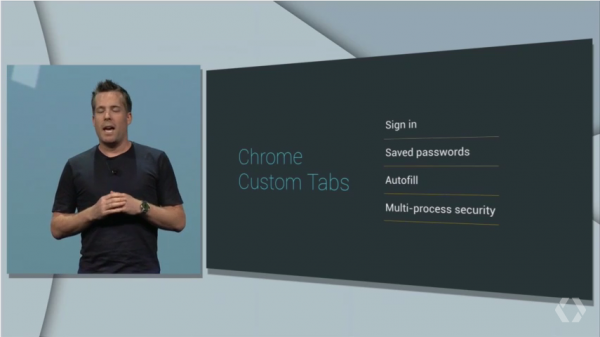
Finally, Google is improving the web experience on Android M. Chrome custom tabs will be able to run on top of apps, integrating directly into the experience. Essentially allowing users to quickly open web links without having to break their user experience. It can also access the web content faster because the Chrome custom tab is able to fetch content ahead of time.
Android M appears to be rolling our in Q3 of 2015, but there has been no explicit mention that it will actually appear then.
Follow us on Instagram, Facebook, Twitter or Telegram for more updates and breaking news.


